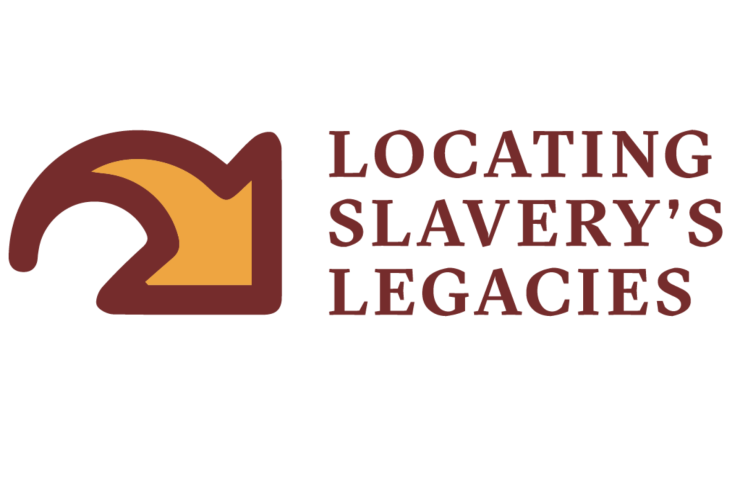
Locating Slavery's Legacies
The Locating Slavery’s Legacies database (LSLdb) is an initiative to collect information about monuments and memorials linked to the Civil War and Confederacy on American college campuses.
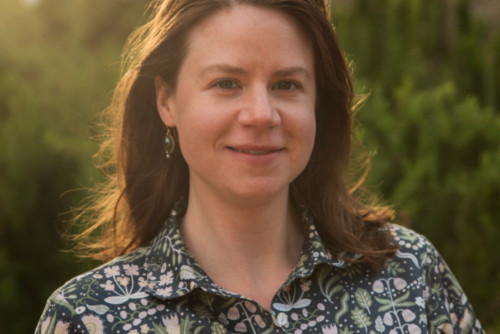
Explore the digital exhibit of final projects for "Humanities 215: Introduction to Digital Humanities Through Post-Soviet Identity and America's South," a Spring 2022 course led by Dr. Susanna Weygandt, Visiting Assistant Professor of Russian. For their final project, students wrote research essays based on an aspect of the readings that excited them and used visualizations to support their arguments. They displayed their chosen visualizations in a digital exhibit of historical images in Omeka S to highlight connections between US slavery and Russian serfdom.
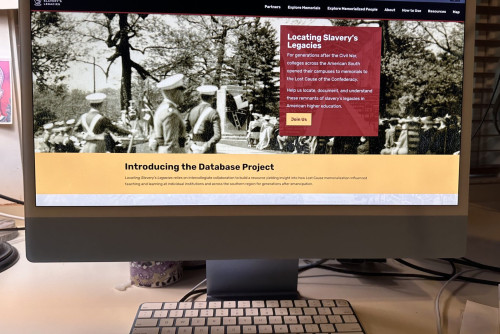
The Locating Slavery's Legacies database (LSLdb) collects information about monuments and memorials linked to slavery, the American Civil War, and the Confederacy on American college campuses. The LSLdb is produced by research teams of instructors and students on campuses across the region. As it grows, this public resource will shed light on the interplay of Lost Cause movements and higher education in the 160 years after emancipation. The database also includes memorials erected in opposition to the Lost Cause and white supremacy and in support of racial equality and universal Civil Rights.
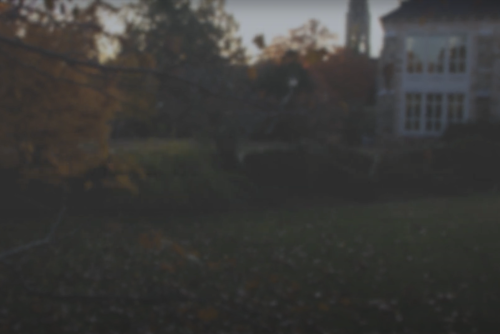
The Roberson Project on Slavery, Race, and Reconciliation celebrates its 5th anniversary this year. The Project's name memorializes the late Professor of History, Houston Bryan Roberson, who was the first tenured African American faculty member at Sewanee and the first to make African American history and culture the focus of their teaching and scholarship. The Project seeks to honor his inspiring legacies and to help Sewanee confront our history in order to seek a more just and equitable future for our broad and diverse community.

The Locating Slavery’s Legacies database (LSLdb) is an initiative to collect information about monuments and memorials linked to the Civil War and Confederacy on American college campuses.
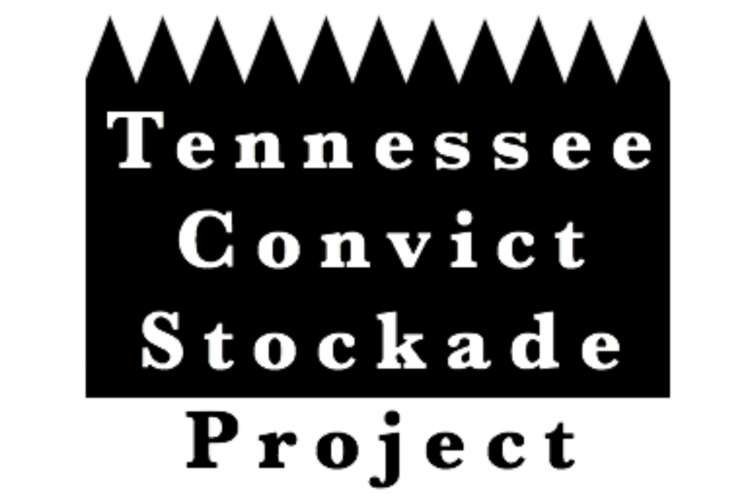
From 1870 until 1895, tens of thousands of primarily African American men, women, and children were forced to work in industries that came to define the ‘New South’ after the Civil War, including coal mines, iron mines, and coke ovens. Archaeologists are now exploring the lives and experiences of these individuals through an examination of the places they were held: convict stockades.

The Colleges Partnering with Communities Project consists of an inter-campus network of undergraduate courses at liberal arts colleges across the Southern region in which students are partner with representatives of local communities of color to develop online exhibits, archives, and other locally oriented projects that confront the history and legacies of racial inequities within shared communities.
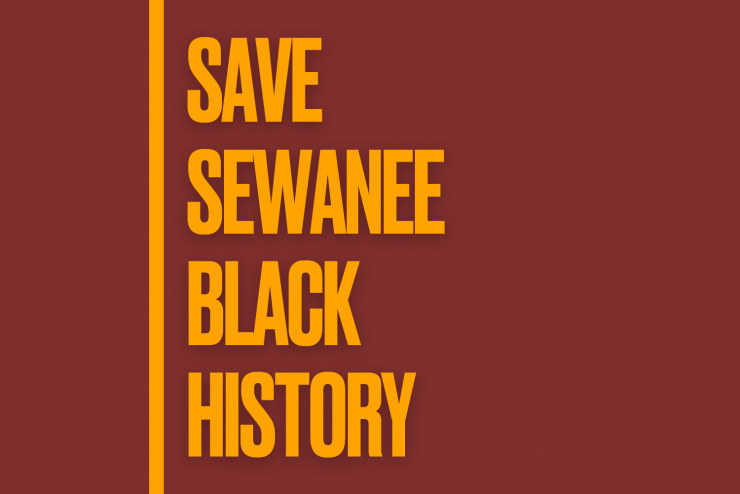
For more than 160 years African American people have lived and worked in this university community and shaped its history. Save Sewanee Black History is an online archive of their lives and experiences and a public education program dedicated to ensuring that the people of this community are remembered and honored.

From 1619 to beyond, black craftspeople, both free and enslaved, worked to produce the valued architecture, handcrafts, and decorative arts of the American South. The Black Craftspeople Digital Archive seeks to enhance what we know about black craftspeople by telling both a spatial story and a historically informed story that highlights the lives of black craftspeople and the objects they produced.
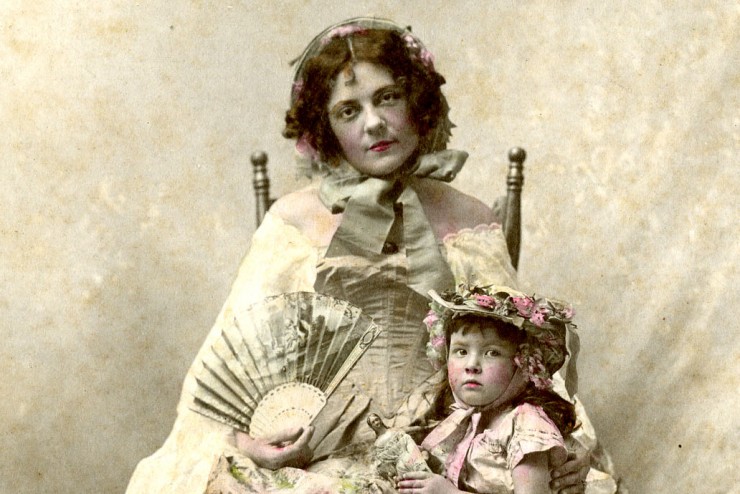
The William R. Laurie University Archives and Special Collections houses numerous archival collections that have been made available with support from the Center for Southern Studies.
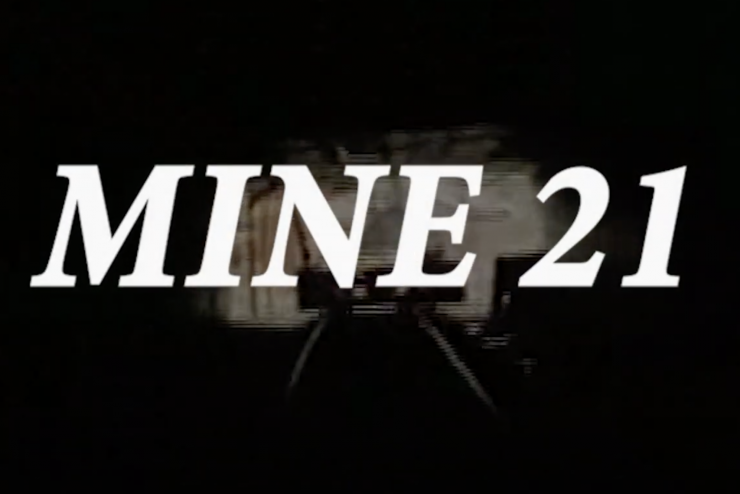
On December 8, 1981, thirteen coal miners lost their lives as the result of an explosion at the No. 21 Mine, an underground coal mine near Whitwell, Tennessee. Mine 21 is a 25-minute documentary film about the communities affected by the disaster.